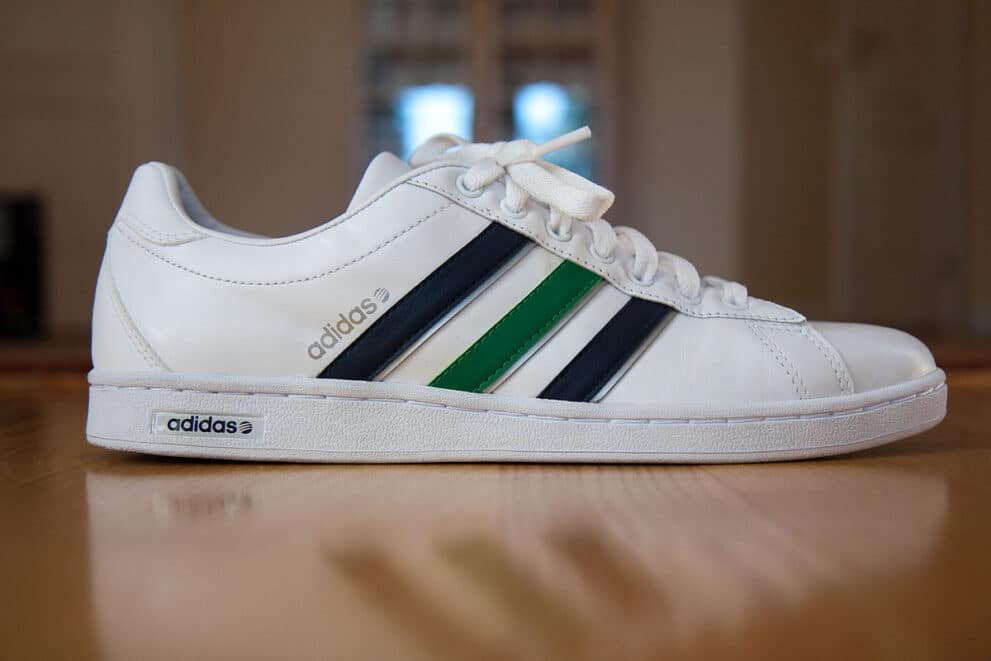
Wearing shoes inside the house is a common practice in some households in the United States, but it is not universal across the entire population. The reasons why some Americans choose to wear shoes indoors can vary:
- Convenience: Wearing shoes inside the house can be convenient for quick transitions between indoor and outdoor spaces. It saves time and effort by not having to remove and put on shoes repeatedly.
- Habit: Wearing shoes inside the house may simply be a long-standing habit or cultural norm that individuals and families have adopted.
- Comfort and Support: Some people find that wearing shoes provides additional comfort and support, particularly if they have foot conditions or prefer the cushioning or stability that shoes offer.
- Cleanliness and Protection: Wearing shoes indoors can be seen as a way to protect the feet from potential hazards or dirt on the floor. It may also be believed to keep the shoes cleaner by avoiding contact with the ground.
- Climate and Lifestyle: In regions with varying weather conditions or outdoor activities, individuals may choose to keep their shoes on to be ready for outdoor excursions or in case they need to quickly step outside.
It’s important to note that cultural practices and individual preferences can vary greatly, even within a country. Many Americans also practice the custom of removing their shoes before entering the house to maintain cleanliness and promote a more relaxed atmosphere. Ultimately, whether or not to wear shoes indoors is a personal choice influenced by factors such as personal comfort, cultural norms, and individual habits.
What cultures frown on wearing shoes in the house?
Many cultures around the world have customs and traditions that frown upon wearing shoes in the house. Here are a few examples:
- Asian Cultures: In many Asian cultures, such as Japan, China, Korea, and parts of Southeast Asia, it is customary to remove shoes before entering the house. This practice is rooted in the idea of maintaining cleanliness and hygiene, as outdoor shoes can bring in dirt, germs, and spiritual impurities.
- Middle Eastern Cultures: In many Middle Eastern cultures, it is customary to remove shoes before entering a home. This practice is based on notions of respect, hospitality, and cleanliness. It is also influenced by Islamic traditions that promote cleanliness and purity in living spaces.
- Scandinavian and Nordic Cultures: In countries like Sweden, Norway, Finland, and Iceland, it is common to remove shoes when entering a home. This practice is linked to the region’s climate, as wet and snowy conditions outside can make shoes dirty and slippery indoors.
- Hawaiian Culture: In Hawaiian culture, it is customary to remove shoes before entering a home as a sign of respect. This practice is known as “leaving your slippers at the door” and is considered a gesture of showing reverence for the space and the host.
- Indigenous Cultures: In many Indigenous cultures, such as Native American and First Nations cultures, there are traditional practices of removing shoes before entering ceremonial or sacred spaces. This act signifies respect for the land, the spirits, and the cultural traditions.
These are just a few examples of cultures where removing shoes before entering the house is a common practice. It’s important to note that customs can vary even within these cultures, and there may be individuals or households that do not adhere to these practice.
Which cultures wear shoes in the house?
Wearing shoes inside the house is more prevalent in certain cultures and regions. Here are a few examples of cultures where wearing shoes indoors is more common:
- Western Cultures: In many Western cultures, such as the United States, Canada, the United Kingdom, and parts of Europe, wearing shoes inside the house is more widespread. This practice can vary among households and individuals, but it is generally more accepted or considered a personal preference.
- Australian Culture: In Australia, wearing shoes inside the house is relatively common. Australians often wear shoes indoors due to the country’s climate and lifestyle, where outdoor activities and casual footwear are prominent.
- Some Urban Environments: In densely populated urban areas around the world, wearing shoes indoors might be more prevalent due to the fast-paced lifestyle, convenience, and cultural mixing. For instance, in cosmopolitan cities like New York City, London, or Tokyo, many individuals choose to wear shoes inside their homes.
It’s important to remember that cultural practices can vary even within a country or region. In many cases, individual households or families may have their own preferences and rules regarding wearing shoes indoors. Ultimately, whether shoes are worn indoors or not is a personal choice influenced by factors such as comfort, cleanliness, cultural background, and individual habits.




 Share
Share Tweet
Tweet Share
Share




Comment